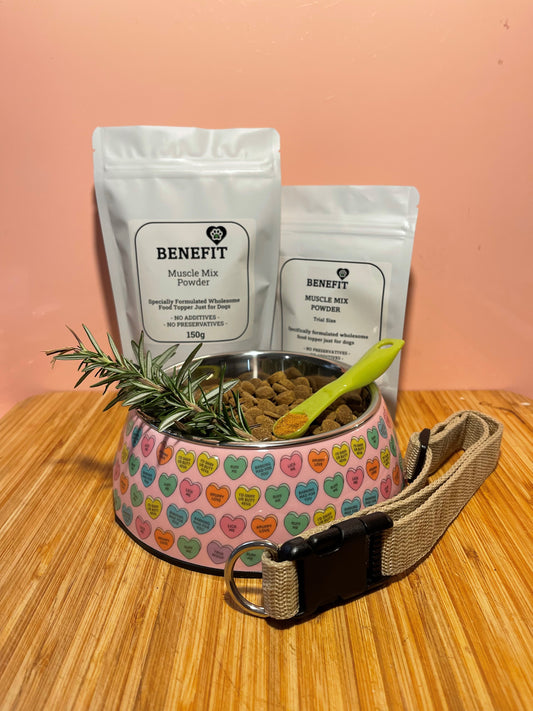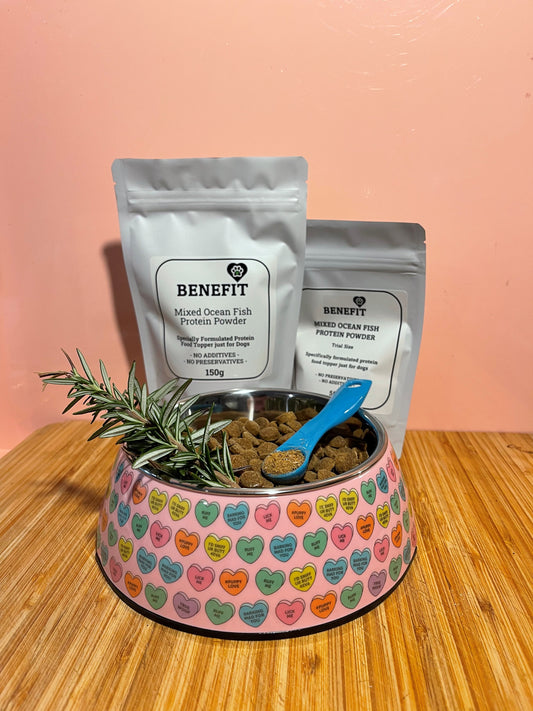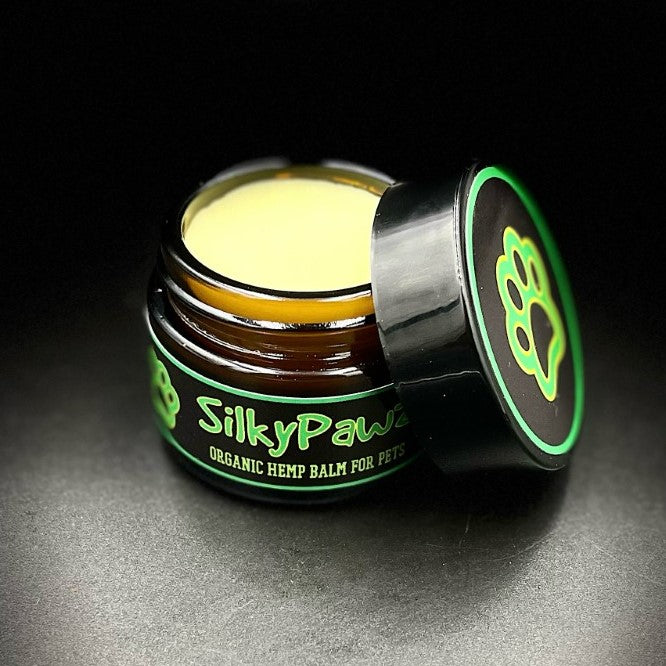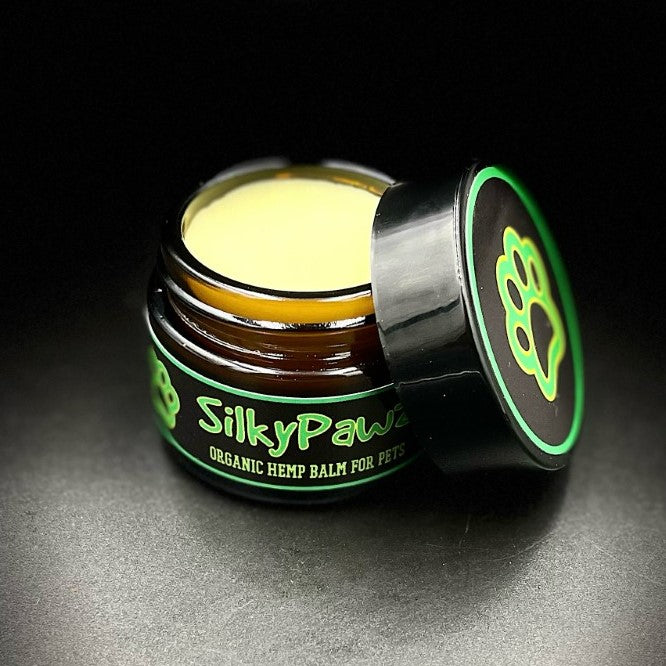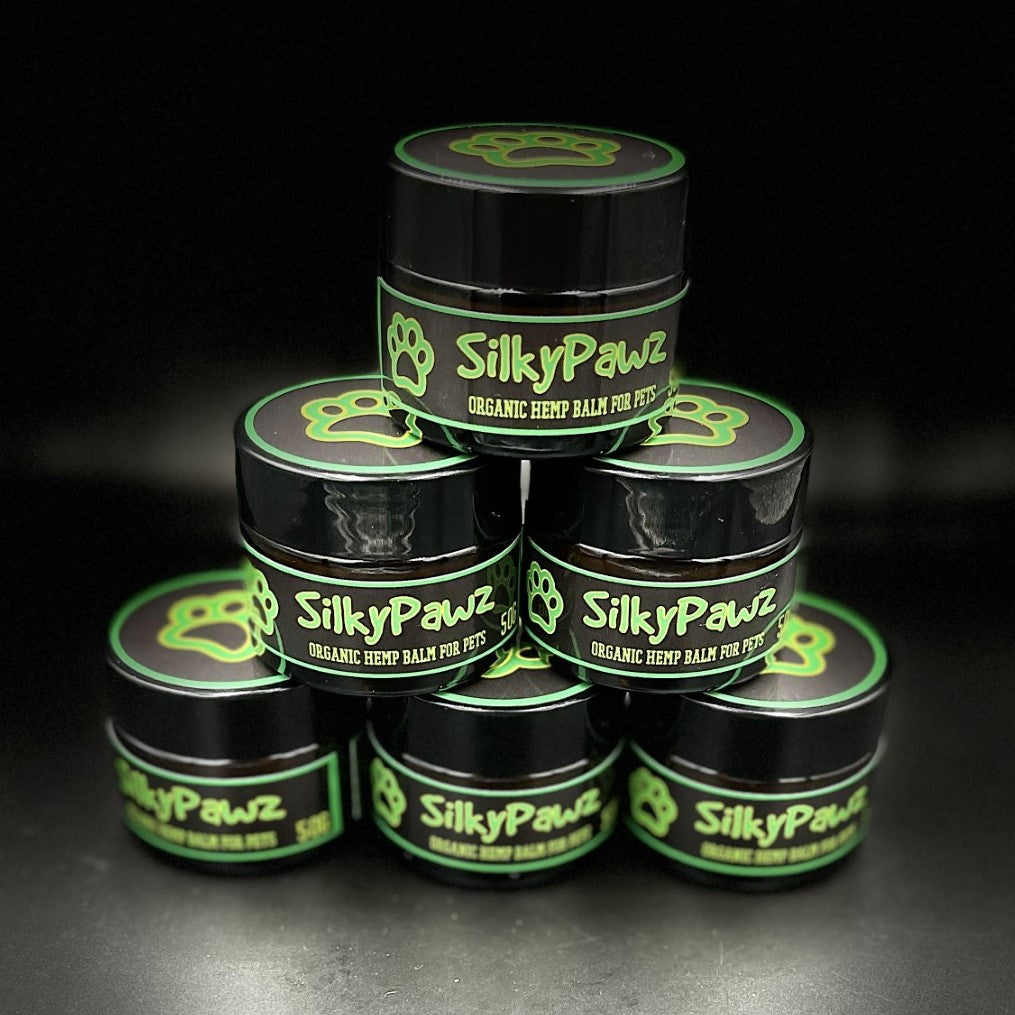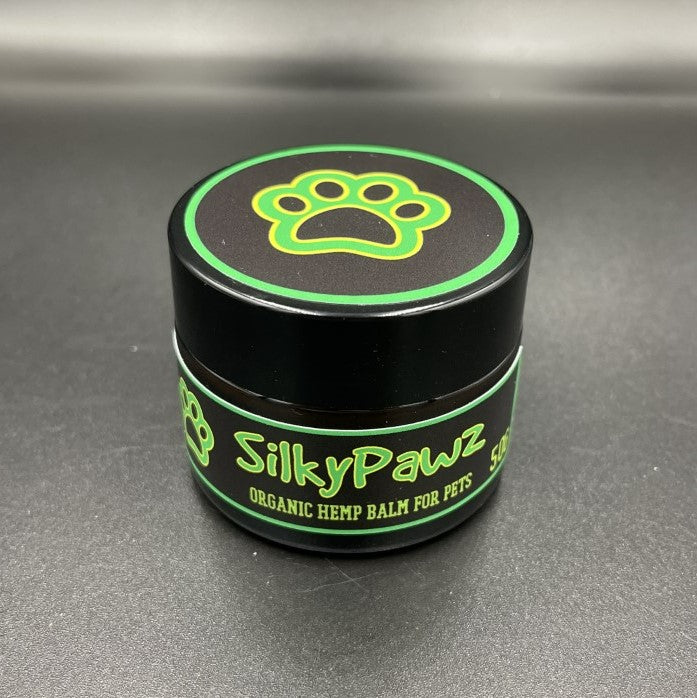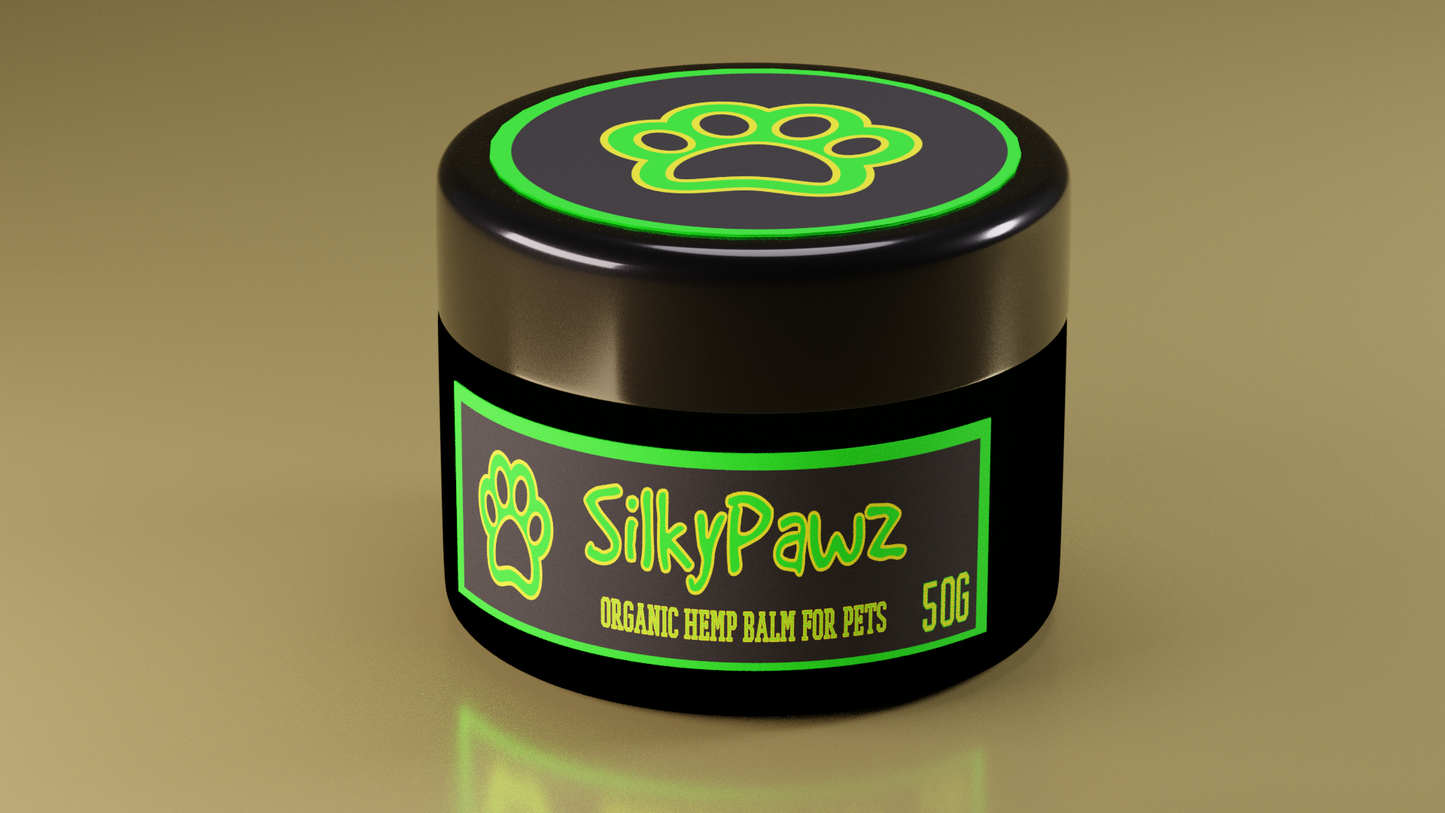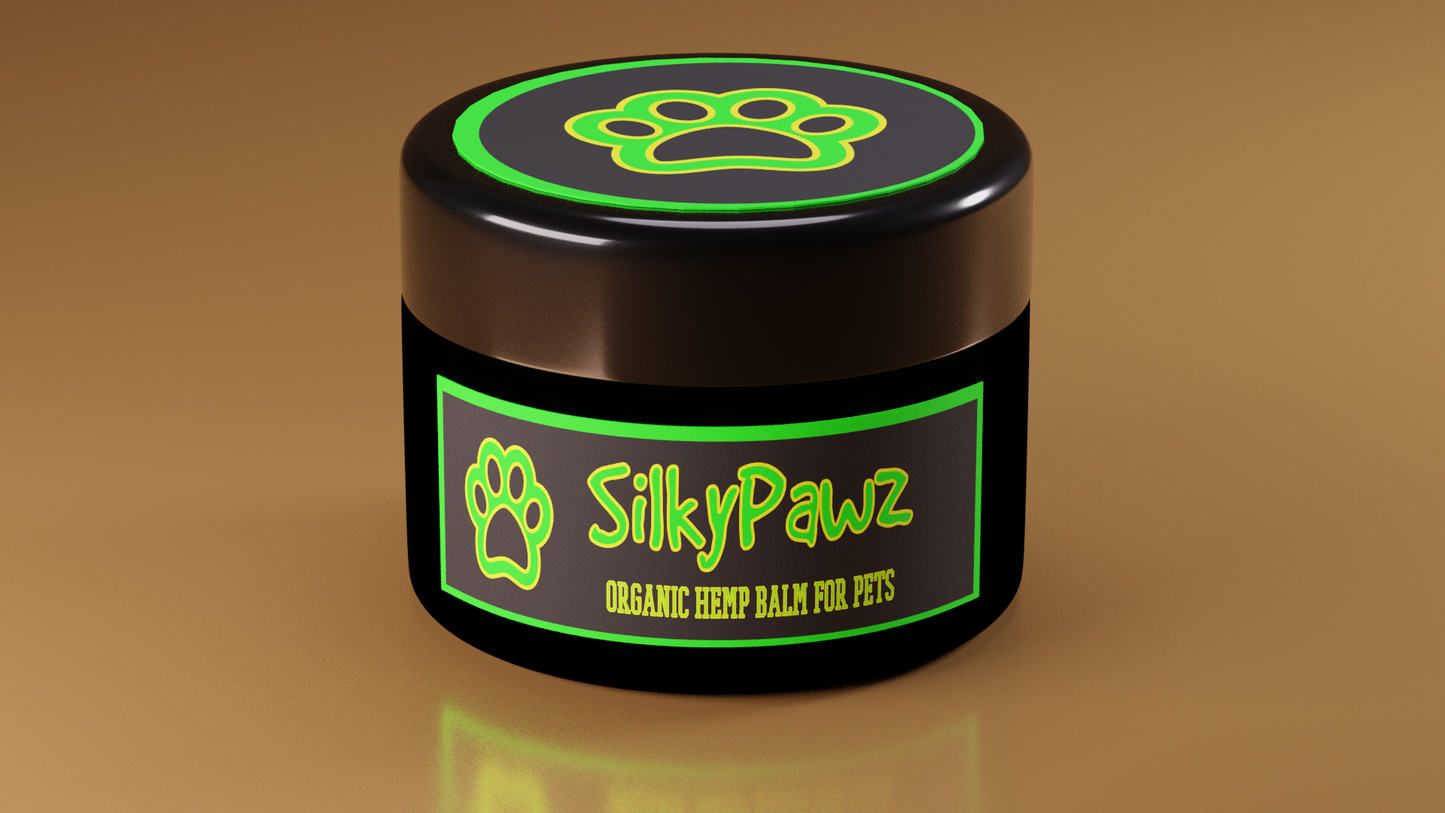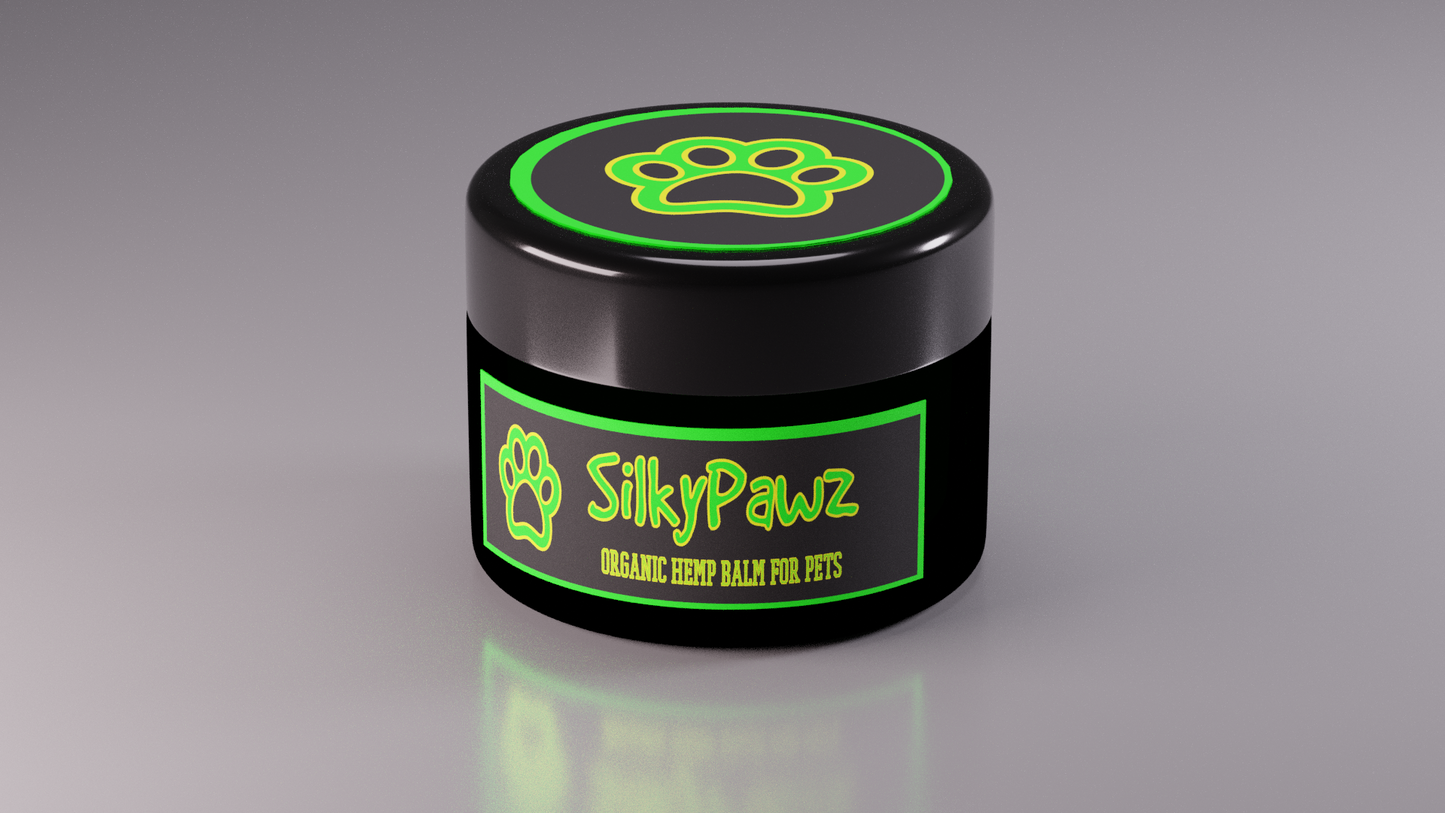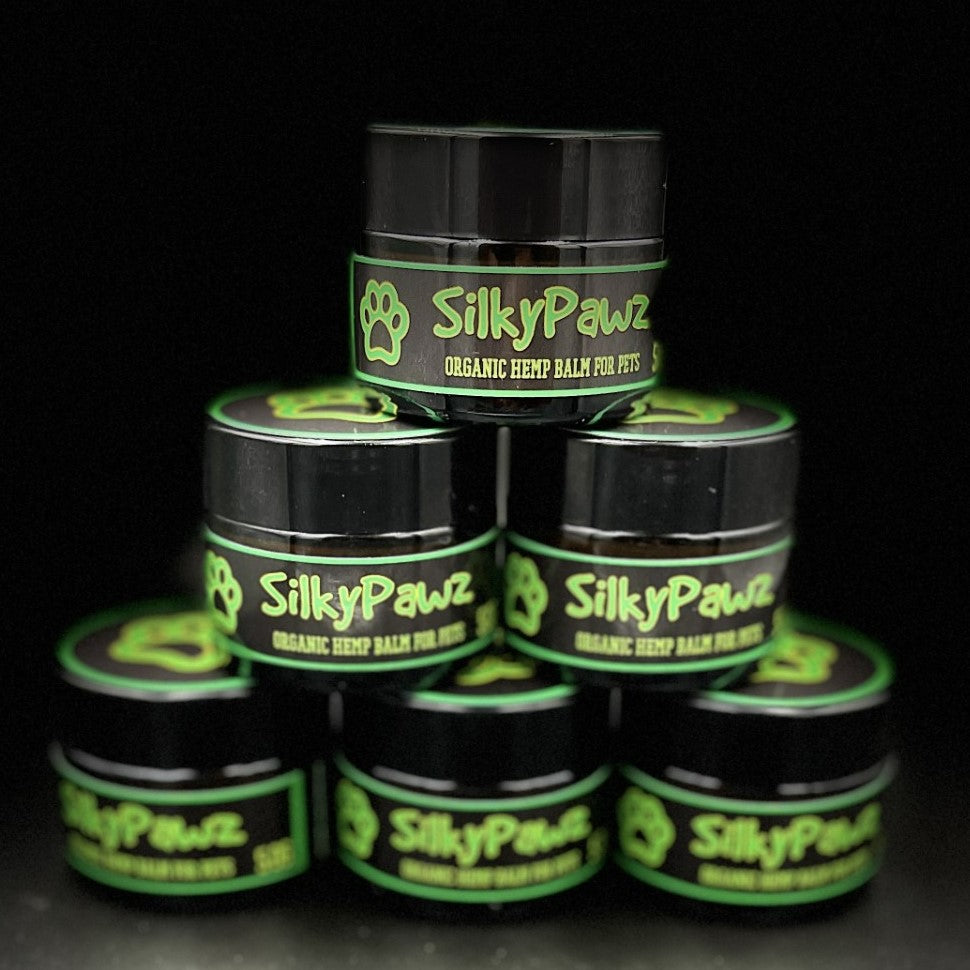Here we are on part II of our top ten doggos in Australia for 2022. Last time we looked at the top 5 favourite dogs in Australia for 2022, now we’re going to complete the list as a refresher here are the top ten doggo’s
The top 10 dog breeds in Australia 2022
- Cavoodle
- Labrador Retriever
- Greyhound
- Border Collie
- Golden Retriever
- Goldendoodle
- Labradoodle
- German Shepherd
- English Staffordshire Bull Terrier
- French Bulldog
So we’re going to go from the faithful Goldendoodle to the downright lovable and funny French Bulldog, exploring all the breeds characteristics, where they are good for living, and importantly what health issues they can face.
Health problems affects all dogs at some time, and if you are not prepared it can cost you a packet so it's really important to get good insurance for your doggo, or any pet. Check out Pets On Me insurance who are doing some good deals on policies.
6. Goldendoodle
 Photo by Chris Maldonado on Unsplash
Photo by Chris Maldonado on Unsplash
The Goldendoodle or Groodle as it’s known across Australia, is a hybrid breed that has Labrador and poodle parents. They typically come in three different sizes depending on their poodle parent the sizes are toy, miniature and standard.
Right about now you’re probably wondering what the difference is between a groodle and labradoodle, the answer is the Groodle or Goldendoodle is a golden retriever that has been bred with a poodle, and a labradoodle is a Labrador that has been bred with a poodle, so now you know! They look similar but do have some distinct differences to their appearance and temperament, read on to find out what they are.
They were first bred in the 1990’s as a designer dog and they combine the intelligence and hypoallergenic coat of the poodle with the lovable affectionate nature of the Labrador retriever
Groodles have a longer fluffier coat and can appear to be more of a teddy bear and tend to come mainly in the golden hues like gold, caramel, red, and sometimes black.
Groodles make better therapy dogs than labradoodles because they tend more towards people pleasing, so you will find them more working as therapy dogs in hospitals, assisted living areas and physical therapy clinics.
Goldendoodles are also slightly more friendly towards younger children and have more energy than their labradoodle cousins, whilst both breeds are excitable and energetic the labradoodle pups will be more even natured.
Neither are great choices for apartments because of their love of exercise and their size can be a bit too big for many apartments.
Goldendoodles can live for ten to fifteen years. Their sizes are all different between the three sizes of toy, miniature and standard. So, the choice is yours for which you want that fits into your lifestyle and living arrangements.
Goldendoodles tend to suffer from Hip Dysplasia. Skin and eye disorders. Heart problems and Addisons disease. Due to their retriever parents, they can also likewise be prone to contracting cancer.
Why not try a hemp based shampoo for your doggo.
7. Labradoodle
 Photo by Sander Weeteling on Unsplash
Photo by Sander Weeteling on Unsplash
Labradoodles were first seen around the 1950s, and in fact one named Fang appeared on the tv show “Get Smart” in 1965. However, the labradoodle name was not hugely popular to start with and really came into its own in the 1980’s when they started to be bred as one of the first designer dog breeds. Although Australian Wally Conron had taken credit for naming the breed, he also asserts that healthy labradoodles were “few and far between” and that most are “crazy or have a hereditary problem” that said the Australian Labradoodle Association of America say that they are generally healthy dogs that are also prone to hip and elbow dysplasia.
Labradoodles are great like other dogs with a poodle parent for people that suffer from canine dander allergies since they have the same hypoallergenic coat.
Labradoodle coats are shorter and thicker and can feel coarser than their groodle cousins labradoodles can also be more colourful, having multi coloured coats and also come in solid hues of black, white, golden, red, chocolate, and cream.
Labradoodles can be a bit standoffish and appear to be more pensive around younger children but are usually fine with older ones. They are also more protective of their owners which can cause a problem with snapping at strangers so a little more socialisation training at a younger age can help to get over this.
They also make better service dogs mainly as guide dogs but they can also be trained in search and rescue roles and as police dogs.
They aren’t afraid to let you know they are there by barking, especially when stressed, anxious, or bored. You can leave them alone for short periods but due to the bond they create with their owners they can suffer from separation anxiety often if you are leaving your pet alone for a period of time many owners like to leave a radio playing or the tv on so that they have some comforting noises you can even ask Amazon Alexa to play “puppy jams”, “calming music” or “music for dogs”. You could even have alexa read your dog an audiobook from audible. A study has found dogs like it!
Labradoodles take the edge on loving the water, the poodle was originally a water retriever, and they love to be in it, and even with your goldendoodle you’ll get them in the water they just need a little more coaxing.
You can expect your labradoodle to live for twelve to fifteen years and they do have several health problems associated such as ear inflammations, lumps and bumps, skin allergies which are either contact, food or environmental that can lead to dermatitis and secondary infections. They can suffer from gastrointestinal problems since they like to eat anything, especially things they shouldn’t mainly due to having large appetites and they can suffer bloat. Along with hip and elbow dysplasia they can also suffer form cruciate ligament problems in the knee.
8. German Shepherd
 Bear
Bear
German Shepherds or Alsatian? Are they the same dog? In answer, yes, they are the same. The reason for the name difference was after World War I the British didn’t really want to have a dog with the name German in it. So, the UK Kennel Club decided to name the dog Alsatian Wolf Dog after the Alsace region of France that borders Germany. After some time the “wolf dog” part was dropped for fears of affecting the breeds popularity and legality. The name Alsatian was in existence until 1977 when the British kennel clubs allowed the registering of “German Shepherd” once again. The name Alsatian was removed in the USA in 2010 by the American Kennel Club, where previously it would be in parentheses after the name German Shepherd.
The German Shepherd Dog or GSD from now on was first bred in Germany in the 1890’s where a standardisation process was required for dog breeds and the GSD was bred and recognised to have the intelligence, strength, speed, smell, and other traits required to herd sheep. The first recognised GSD was found at a dog show in 1899 by Max von Stephanitz and he saw the dog named Hektor Linkrshein whom he bought immediately and changed his name to Horand von Grafrath and established the Society for German Shepherd Dogs with Horand as the first registered dog of the society and von Stephanitz credited as the founder of the breed. Wiki
GSD’s are a medium to large dog with a standard height of 60-65cms (24-26”) and 30-40kgs (66-88lbs) for males and 55-60cms (22-24”) 22-32kgs (48-70lbs) for females. And you can expect them to be with you for around 12-15 years.
They are a highly intelligent animal and used as service dogs the world over, they were even trained as first aid dogs for soldiers during wars, they have passed messages around the front lines and of course it is the breed of dog most associated as a police dog.
They are a friendly dog and not naturally aggressive, however, since their training and original purpose was protection of herds then they can be hesitant when strangers visit and they are very protective of their family. They do have a loud bark but like with many breeds socialisation training can help. They are generally good with children and other animals. Always be cautious around unfamiliar people especially children and animals, just in case.
GSD’s require a lot of exercise up to two hours a day and they are best being trained from about 8 weeks of age and introduced regularly to strangers at a young age to help prevent any aggressive tendencies. They are super eager to please which is why training early on is best where you can praise good behaviour and either tell them no, or simply totally ignore bad behaviour. They also need to be mentally stimulated, so training toys and other stimuli are vital.
When they are puppies be very careful to ensure they are fed a diet that prevents them growing too fast, this can cause bone disorders.
GSD’s have a double coat and will need brushing every few days to remove the loose hairs, and when the seasons change, you’ll need to do it daily because their shedding is extreme to say the least!
Common health problems associated with GSD’s are Arthritis on the hips especially as can be seen in many older GSD which is commonly caused by hip or elbow dysplasia in fact according to the Orthopaedic Foundation for Animals 20% of GSD suffer hip dysplasia.
Degenerative Myelopathy which is a disease that affects the spinal cord and can lead to paralysis in the hind limbs for the older doggo. (There is a saliva test that can be don’t to test for this).
Von Willebrand’s Disease which is a blood disorder that prevents clotting, it is currently incurable and blood transfusions are the only treatment available, however, most dogs can lead a normal life and your vet can test for this disease.
Exocrine Pancreatic Insufficiency is a disease that makes dogs lose the ability to digest and absorb food, you might notice weight loss, appetite loss, gas and a change in the stool. The good news is this is treatable with pancreatic supplements.
As large dogs with deep chests they can also suffer from bloat.
Menudogg created the Benefit food topper range and a shark cartilage powder is great for bone strength and problems
9. English Staffordshire Bull Terrier
 Photo by darolti dan on Unsplash
Photo by darolti dan on Unsplash
The English Staffordshire Bull Terrier commonly referred to as the Staffy is an intelligent, affectionate, kind natured and gentle persona they are also fearless. The breed has a long history in the UK, named after Staffordshire, a county in England tracing their lineage is a very tricky thing to do, there are paintings of them dating back 200 years and there are now recognised as six separate breeds, although they are thought to originate from the Old English Bulldog but subsequently bred out of recognition.
The name “Staffordshire Bull Terrier” was approved in May 1935 by the Kennel Club after they rejected the name “Original Bull Terrier”. The following month the Staffordshire Bull Terrier Club was formed. It wasn’t until October 1974 that the American Kennel Club officially recognised the Staffy
The breed itself was originally developed in the 1700s and 1800’s where they were bred for bull and bear baiting but that practice was outlawed with the cruelty to animals act in 1835 after that the dogs were bred as a companion it was hugely popular with the early settlers in the USA (or rather colonies as they were then) but whatever you want to call it the dogs were used for all sorts of working roles from hunting, guarding, companion and fighting dogs.
The Staffy is a hugely muscular looking dog, and they are strong. Usually they will be 36-41cm (14-16”) and 13-17kgs (29-37lbs) for males and females can be the same height but weigh in around 11-15kgs (24-33lbs). They have a lifespan of around ten to fourteen years.
They have a short coat that comes in many assorted colours. In terms of grooming, they are very low maintenance a brush once a week will do the trick and they only shed once a year, they also don’t create too much smell so a bath is only really needed if they are dirty.
Staffys are known as nanny dogs because they are great with children, but just be aware with younger children since the dog can get quite boisterous and could knock younger kids over with ease and not on purpose.
They will be great as a part of the family joining in with everything and being happy when they know they are being loved on, however, due to their nature of being competitive since they were bred for sport, they can be aggressive with other pets so socialisation training from an early age is essential.
Be warned – they are stubborn dogs! They are also a highly active dog that need a lot of exercise each day one hour plus for adults. Highly intelligent and a love of chewing things means if you don’t keep them occupied then they can become destructive, ensure they have enough mental stimulation if you are leaving them alone, and don’t leave your favourite shoes near them when you are out. They also love digging holes, so if you prize your garden keep them supervised outside.
Staffys are known to have congenital heart disease which is genetic and can cause problems at any point through your terriers life, in addition they can also suffer heart murmurs and symptoms can be seen as fainting during exercise or a low exercise tolerance.
Skin allergies are something that staffys are also known to suffer from, regular bathing can help relieve these issues. Skin problems from allergies can be caused by contact, food or environment, all are treatable and the treatments are usually long term, your vet will be able to assist.
Hip Dysplasia is another hereditary condition common in many breeds of dog and in nearly all of our top ten Aussie dogs.
They can suffer from eye disorders such as conjunctivitis, and from various lumps and bumps on their body.
Staffys can suffer from patella luxation, which is the kneecap popping out of place and it is a fairly common problem. It can be caused because the leg alignment is not straight which puts strain on the knee joint, it can be treated with surgery.
Cruciate ligament disease is again quite a common problem with Staffys and with this problem the ligaments in the knee joint slowly get weaker as they fray, surgery can help to stabilise the joint but without treatment there is a strong chance that arthritis will develop in later life and their activity will reduce.
10. French Bulldog
 Photo by Chris Benson on Unsplash
Photo by Chris Benson on Unsplash
French Bulldogs also known as Frenchies are a popular breed of dog with a very distinctive look, they first were bred in England as a toy bulldog but were not that popular since they didn’t conform to the bulldog breed standard size, this was around the time of the industrial revolution.
They found their way to France with the lace workers of Nottingham who were losing their jobs at the time since machine use to make lace became more popular as a way of saving money, many of these workers decided to move to Normandy, France and they took their beloved companion pets with them. Once in France the breed excelled in popularity and many of the social elite decided to own them, not only that they were highly fashionable with the French ladies of the night, writer artists and fashion designers.
Due to their increasing popularity in France the English breeders sent their undersize dogs to France to cater to the demand. This breed eventually came into its own as being recognised and was given the name Bouledogue Francais, it too some time for the dog breeding luddites to recognise the breed and it wasn’t until 1905 that the Kennel Club recognised them as a separate breed from the English variety, then in 1912 the name was changed to French Bulldog.
RANDOM FACT – a Frenchie was insured for $750 by her owner when she travelled on the Titanic, and this was 1912!!
The Frenchie is great with families and especially younger children, they are not so big that they can knock children over nor are they so small that children might accidentally hurt them. They love having fun and playing, and always after a play they’ll take a snooze, be warned – they will most likely snore! They are great for small houses and apartments because they don’t need very much space and a daily walk will be enough to ensure they don’t put on weight. Don’t let them overexert themselves in hot weather they struggle to breathe.
Frenchies love to be surrounded by their owners and can suffer from separation anxiety if left alone for too long. They are generally good with other animals and people but are protective of their owners and the can become aggressive to other
They have a brachycephalic face which means that their airways are not always the most open path to their lungs and might require surgery to remove part of the soft palette to reduce airway restriction.
A point of note, some airlines have refused to take Frenchies on board because of the high percentage that have died in flight caused by breathing difficulties of an aircraft waiting to take off and the hold temperature rising to around 30°C. They can struggle in more humid climates but if they have regular access to air conditioning then you shouldn’t have too great a problem.
They require very little maintenance with an occasional brushing and bathing when needed, when you do brush them or bathe them check in their skin folds, this is a place where bacteria build up is frequent and can cause problems.
Frenchies struggle to swim if the can at all and are definitely not natural swimmers because of their front heavy frame (the same with all bulldogs), so don’t leave them unsupervised around water.
Frenchie health problems are Bracycephalic Airway Syndrome this is a major condition of the breed due to their compacted snout and this can cause severe respiratory distress, this also can cause problems with regulating temperature.
Von Willebrands disease causes blood clotting problems and can result in health issues.
Megaoesophagus relates to a number of oesophageal (the tube that carries food from the throat to the stomach) disorders. It also means that Frenchies can throw up after eating or exercise. This regurgitation of food and phlegm can result in aspiration pneumonia so it is important to monitor it.
Corneal ulcers are more prevalent in Frenchies over five years old, the ulcers can be caused by rubing on carpet or scratches, they are painful and you will notice your dog rubbing her eyes to relieve the soreness.
Pannus is abnormal tissue growth over the cornea. Cherry eye is a prolapse of their third eyelid that can cause it to become inverted.
This concludes our top ten doggos in Australia. We really hope you enjoyed it you can sign up for the blogs to be sent to you straight away so there's no waiting for more engaging content from Menudogg.
Here's the list again and which part of the blog they're in so you can check out your favourites!
The top 10 dog breeds in Australia 2022
- Cavoodle
- Labrador Retriever
- Greyhound
- Border Collie
- Golden Retriever
- Goldendoodle
- Labradoodle
- German Shepherd
- English Staffordshire Bull Terrier
- French Bulldog





